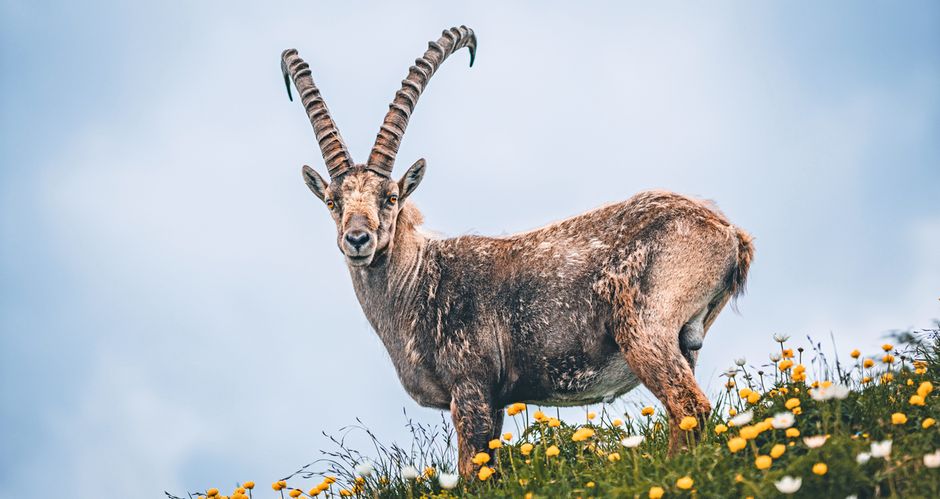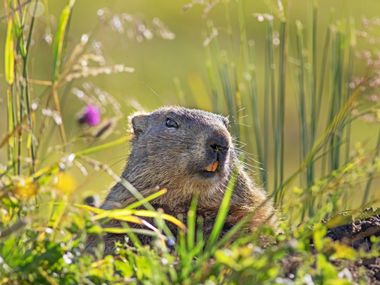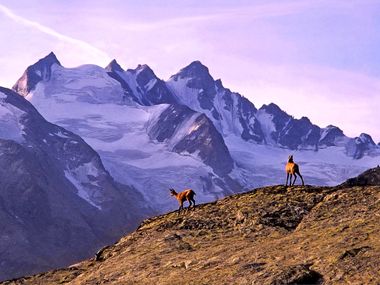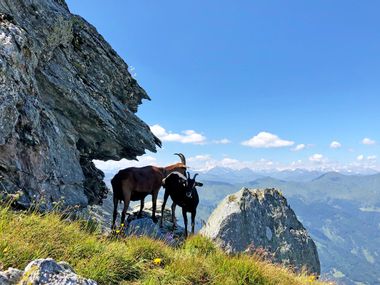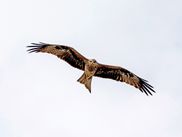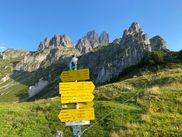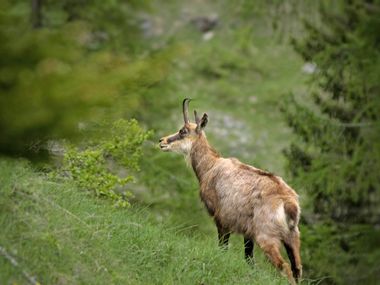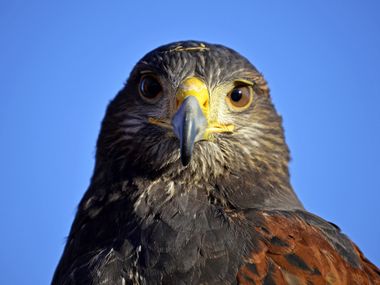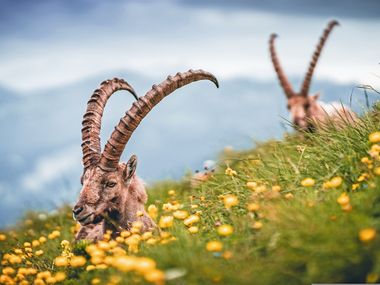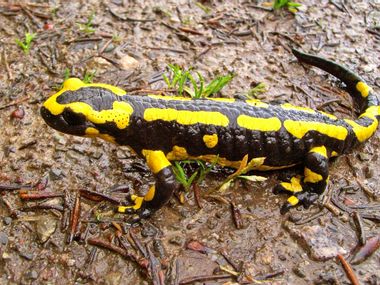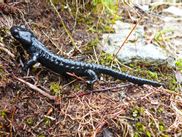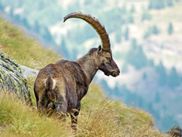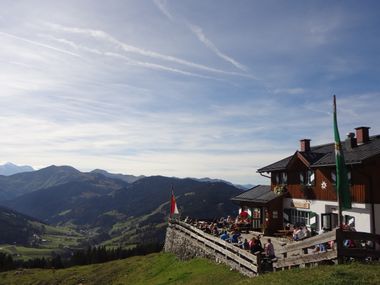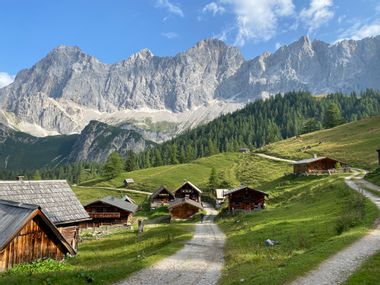The nature of the Alps is the place to go for many exercise-hungry hikers and above all – home to an incredible and varied Alpine fauna. Around 30,000 types of animal live in the Alps. With a total area of approximately 200.000 km2 the Alps are the highest and biggest mountain range in the whole of Europe. This impressive habitat, also known as the ‘Alpine Arc’, spans from Austria to France and the different climate zones provide a home for a wide variety of animal species.
